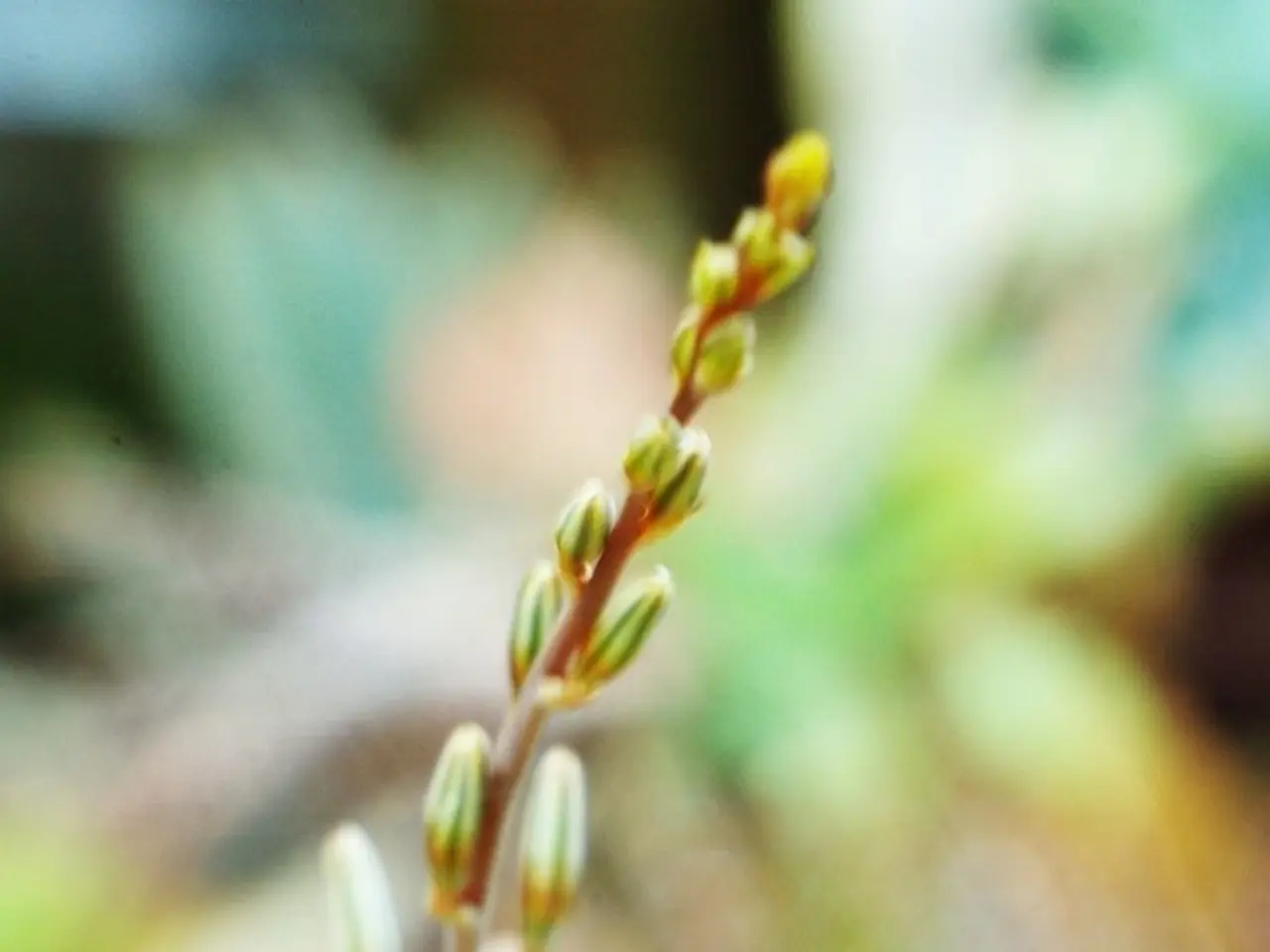Cultivating Neomarica Iris: A Comprehensive Guide to Nurturing the Walking Iris Plant
Caring for Walking Iris: A Guide to Growing and Nurturing Neomarica Gracilis and Neomarica Longifolia
Walking irises, specifically Neomarica gracilis and Neomarica longifolia, are a popular choice for low-maintenance gardens and indoor spaces due to their unique "walking" habit and hardy nature. Here's a comprehensive guide to help you care for these delightful plants.
Lighting
Walking irises thrive in full sun to partial shade, but some protection from harsh afternoon sun is beneficial to prevent leaf scorch. They prefer bright, indirect light or light shade for indoor or pot culture.
Temperature and Humidity
Native to subtropical/tropical regions, walking irises are well-adapted to warm temperatures and are tolerant of moderate temperature variations. They can adapt to both humid and dry climates, making them suitable for subtropical gardens and indoors with average home humidity.
Watering
Keep the soil moist but well-drained. Water regularly during warmer months, but avoid soggy conditions that can lead to root rot. Moderate watering is ideal, allowing the soil surface to dry slightly between waterings.
Fertilization
Apply a balanced fertilizer periodically during the growing season (warmer months) to enhance flowering and overall plant vigor. Light watering before fertilizing helps nutrient absorption and reduces root damage risks.
Soil Requirements
Walking iris thrives best in organic-rich, well-drained soil. Good drainage is crucial to prevent root diseases while organic matter provides nutrients and moisture retention.
Common Problems, Pests, and Diseases
Generally low maintenance and hardy, walking iris plants are moderately drought tolerant and adapt to coastal conditions. Root rot can be a problem if overwatered or if soil drainage is poor. While not typically pest-prone, occasional issues with common garden pests might occur.
Growth and Propagation
Walking irises have a unique “walking” habit where new plantlets form at the tips of flower stalks, enabling natural propagation and giving ornamental interest to garden landscapes or containers. Large groups of walking iris plants can be divided or potted into individual containers.
Walking irises can be propagated by allowing flower stalks to produce "plantlets" that take root upon contact with the soil, generating the formation of large clumps. Growing from seed may yield inconsistent results.
Planting and Care
Walking iris plants are most commonly purchased as small starts and are available in either fall or spring. In regions where walking iris die back to the ground, removing dead or decaying debris is essential to prevent the spread of disease and to keep beds tidy through winter.
Indoor Care
Caring for walking iris indoors closely mimics care for those in the garden. The plants require bright but filtered light, warm and moderately humid conditions, moist well-drained soil, regular watering with balanced fertilization during growth, and protection from harsh sun.
Chlorosis
Sudden changes in plant health related to nutrient levels in the soil may cause chlorosis in walking iris, resulting in yellow foliage.
In summary, to care well for walking irises, provide bright but filtered light, warm and moderately humid conditions, moist well-drained soil, regular watering with balanced fertilization during growth, and protection from harsh sun. Their tolerance to varied climates and low pest incidence make them relatively easy plants for subtropical and tropical gardens or indoor cultivation.
The walking iris plants, with their unique 'walking' habit, are popular for their adaptability in both subtropical gardens and indoor spaces, often categorized under 'home-and-garden' and 'lifestyle' segments. This hardy plant can be cultivated successfully by following an appropriate 'gardening' routine, including suitable lighting conditions, watering, fertilization, and soil requirements.




